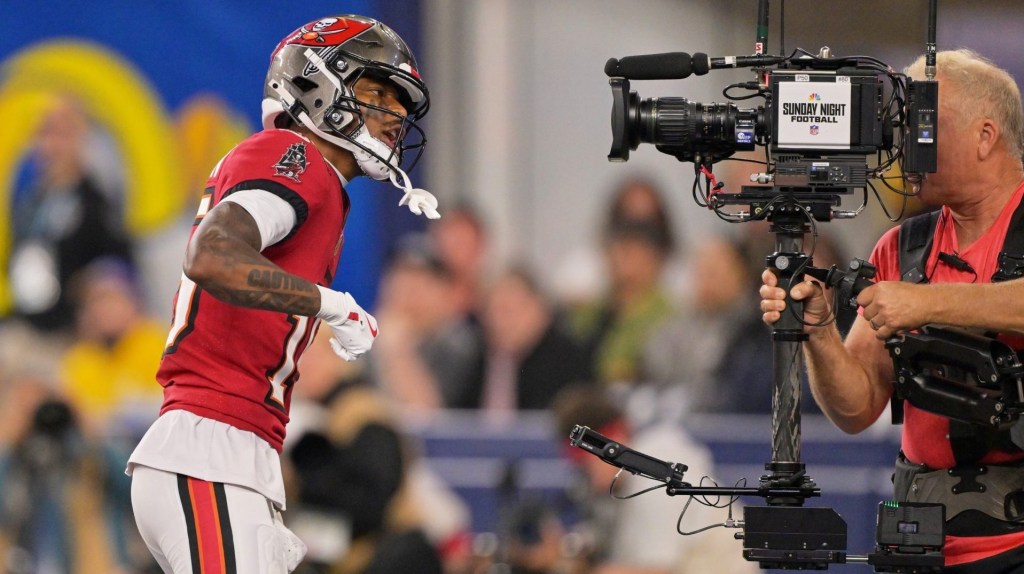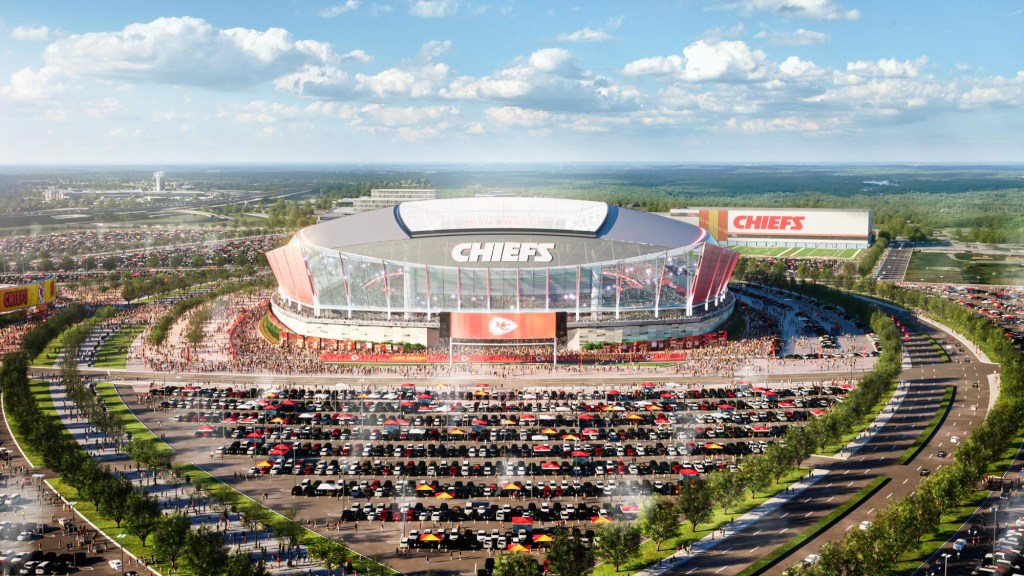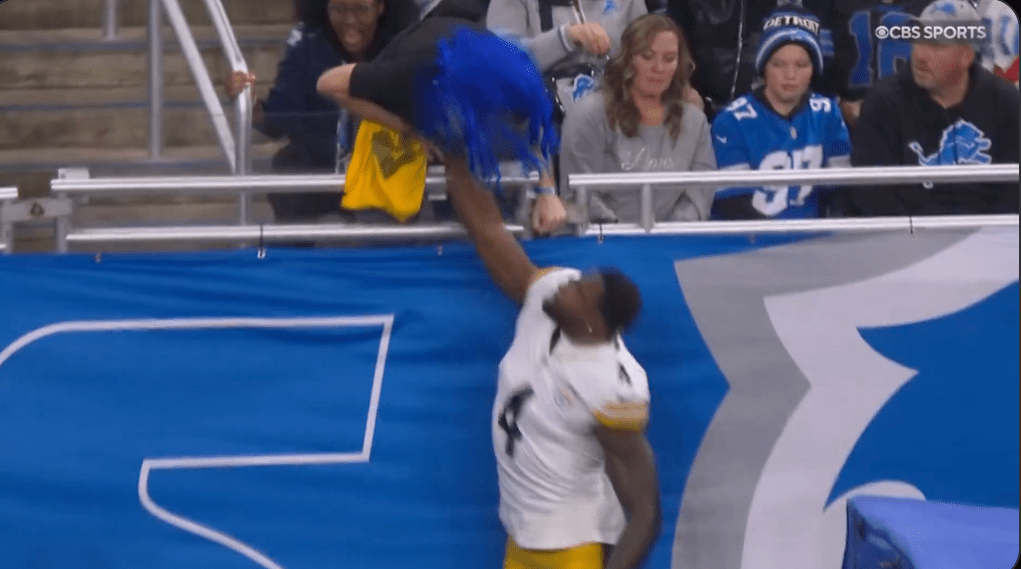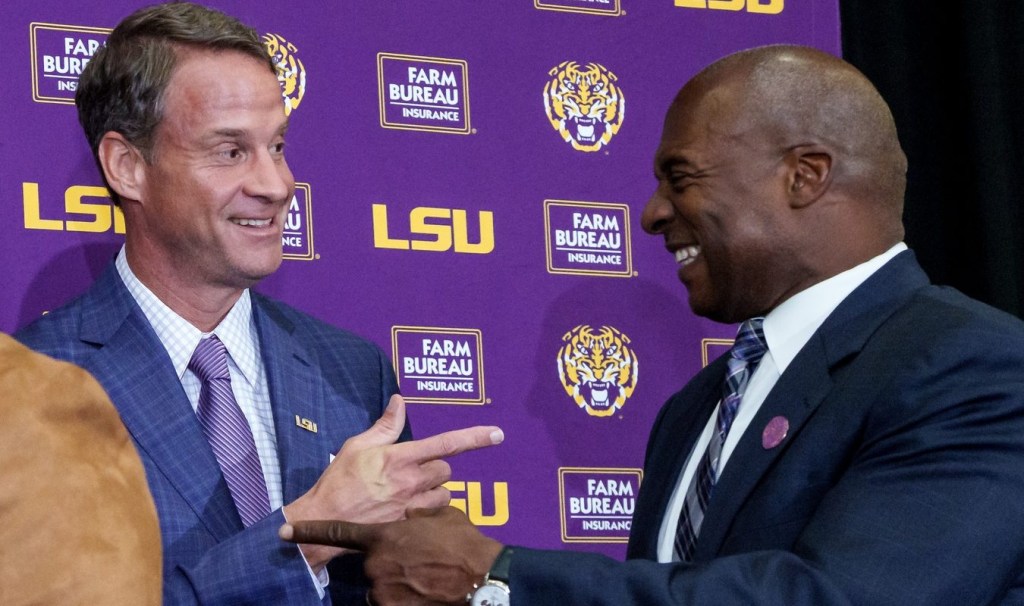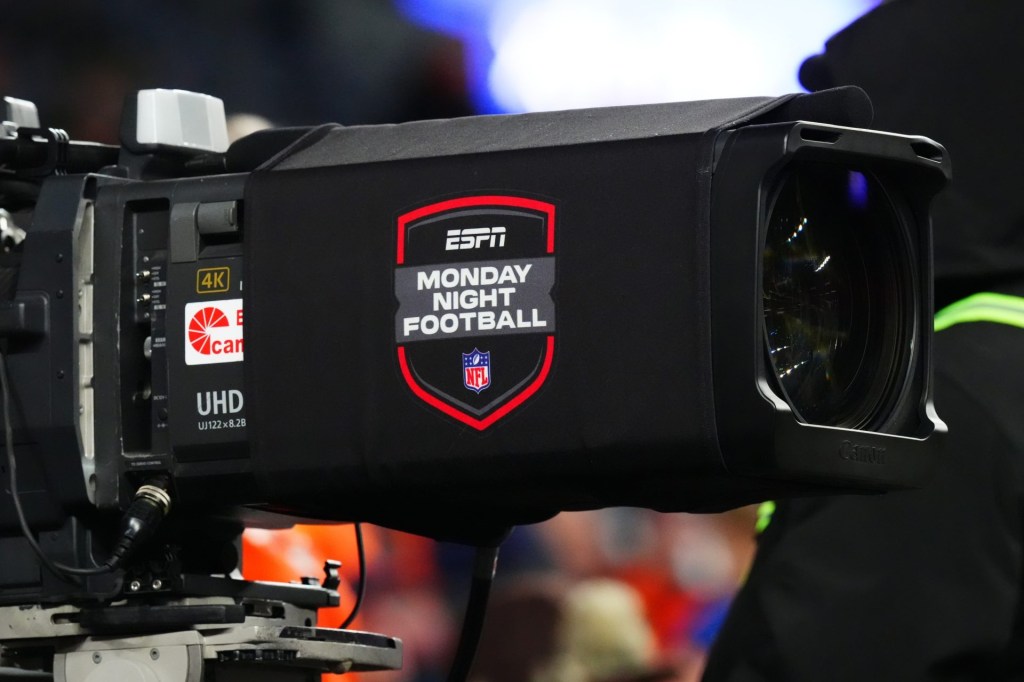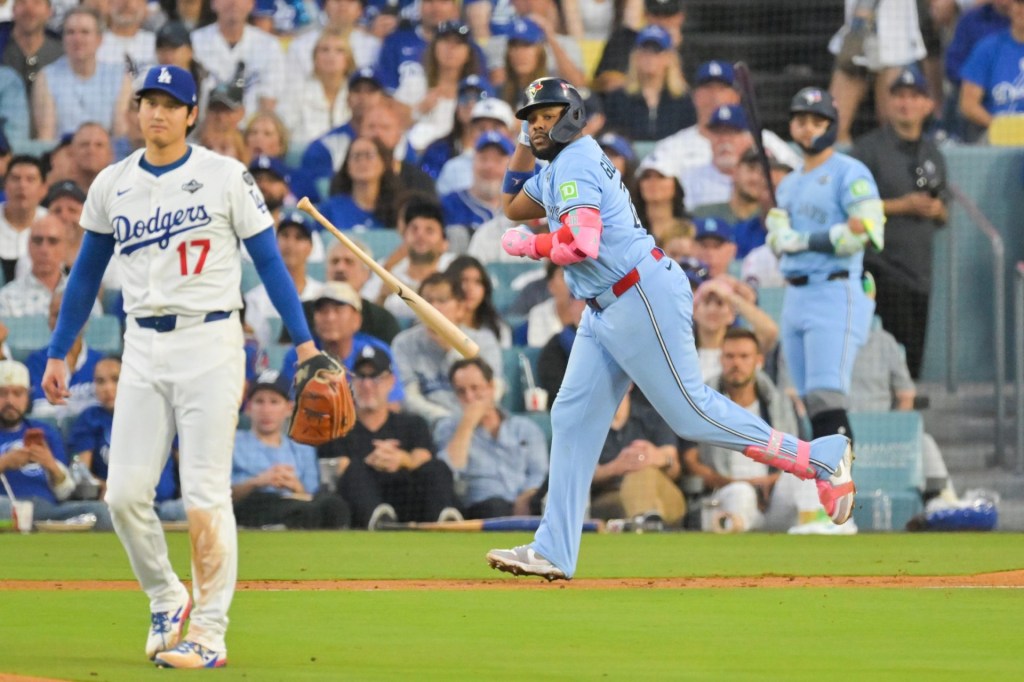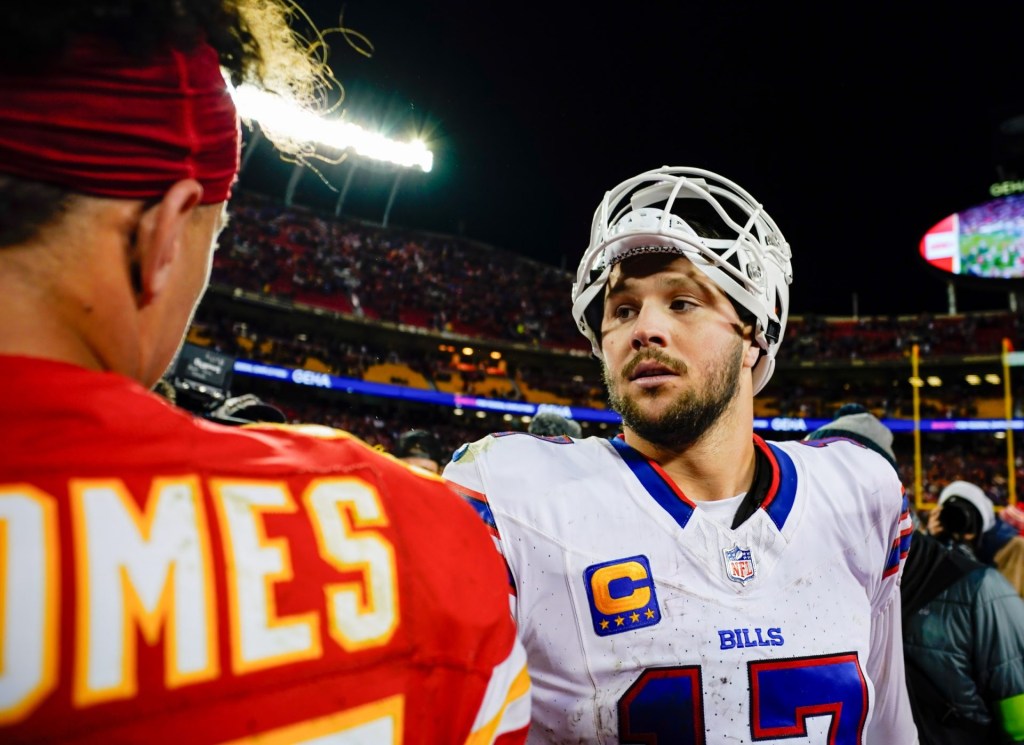Thanks to some strategic scheduling by the NFL and big changes in audience measurement by Nielsen, it will be all but impossible for the league to show a viewership decline to start the 2025 season.
As the regular season starts Thursday night in Philadelphia on NBC with the defending-champion Eagles and Cowboys, the NFL has frontloaded September with some of the biggest games on the schedule, a deliberate move designed to help provide crucial early momentum in league viewership. Among the key national games in the season’s first month:
- A Week 1 that, in addition to the kickoff game in Philadelphia, includes the NFL’s return to Brazil, this time on YouTube involving the Chargers and Chiefs, a late-afternoon Sunday clash on CBS involving the Lions and Packers, and a major Sunday Night Football game on NBC involving the Ravens and Bills, two of the three favorites in Super Bowl LX betting odds.
- A Super Bowl LIX rematch in Week 2 between the Eagles and Chiefs on Fox, and the start of Amazon’s Thursday Night Football schedule with the Commanders and Packers.
- A Week 3 featuring a Monday Night Football clash on ESPN and ABC with the Lions and Ravens, and another strong Amazon game involving two AFC East rivals, the Dolphins and Bills.
- A Sunday Night Football clash in Week 4 involving the Packers and Cowboys, fresh off the high-profile trade involving Micah Parsons.
The NFL already had momentum after a 17% viewership bump during the preseason, and the introduction of Nielsen’s Big Data + Panel system, which materially expands its audience measurements. Even as the league still has issues with Nielsen and some of its methodology, though, high hopes abound for the upcoming season, particularly as the NFL has more games than ever in standalone windows.
“We always love our schedule going into the year, and in most years it plays up to our expectations, but we’re incredibly excited about what’s coming right out of the box” this season, said NFL EVP of media distribution Hans Schroeder.
Flex scheduling availability will begin in early October in certain instances, before taking full effect later in the season. Beyond that, Schroeder has touted current rights deals that “allow us to have any one of our 272 games in any [broadcast] window, any platform, any partner.”
A full-season viewership increase for the NFL would reverse last year’s 2.2% decline.
Big Sales at NBC
Comcast-owned NBCUniversal, meanwhile, said Wednesday that it has sold out entirely of its advertising inventory for Super Bowl LX in February, and that it has posted its biggest-grossing NFL season in company history. NBCUniversal has not detailed any Super Bowl pricing information, but prior reports centered on some 30-second units matching the record-level pricing of $8 million garnered last year by Fox.
The latest details from NBCUniversal show some of the fruits of a corporate strategy to pool sales efforts around a historic concentration of major sports events in February between the Super Bowl, the 2026 Winter Olympics, and the NBA All-Star Game. The announcement of the Super Bowl ad sellout is comparatively much earlier than those in each of the last two Novembers by Fox and CBS.
“Coming off of the strongest sports upfront in our company’s history, Super Bowl LX has generated extraordinary interest from brands and allowed us to sell out of our ad inventory earlier than ever,” said NBC Sports & Olympics EVP Peter Lazarus in a statement.

